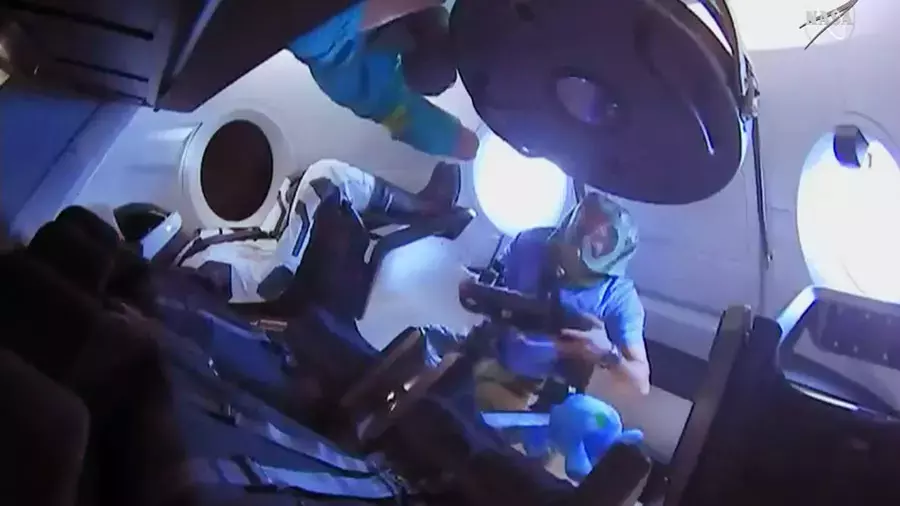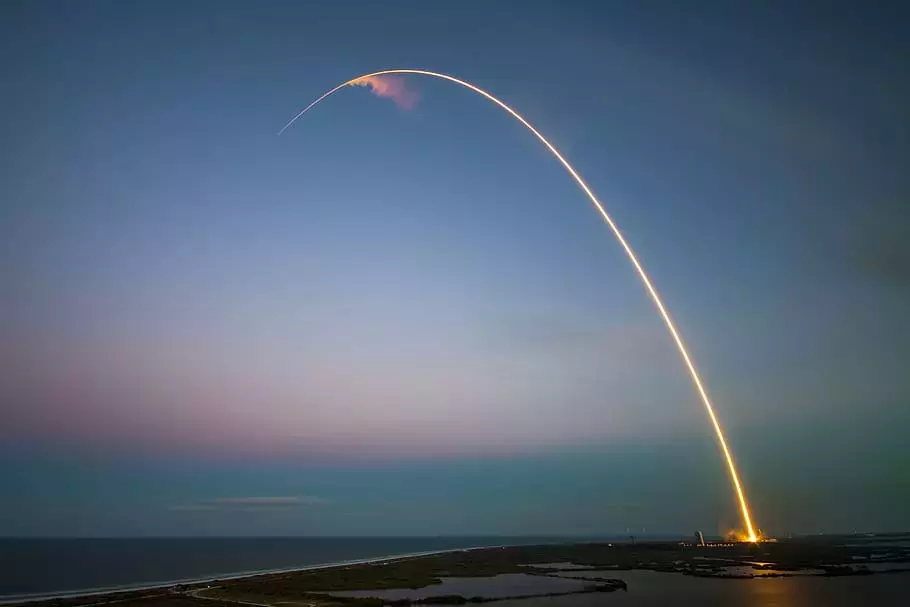When SpaceX took American astronauts to space for the first time in 10 years, we were extremely proud. Firstly, we were proud that SpaceX named her ("she" is technically a "he" in dummy terms) Ripley, and secondly that a Humanetics-engineered dummy was trusted to prove the integrity of design in the most ambitious engineering project of a generation.
We’re excited and honored that Ripley - HIII-50M FAA - was the first passenger to ride the SpaceX Crew Dragon to the International Space Station on March 2, 2019.

In January 2017, we supplied SpaceX an HIII-50M FAA Dummy with 21 sensor channels for measurements during take-off, docking at the ISS, and splashdown when the capsule returned to Earth. The purpose of the craft’s first mission, called Demo-1, was to demonstrate that SpaceX can transport astronauts back and forth from the ISS in a safe and reliable manner, as part of NASA’s Commercial Crew Program.
In order for this dummy to be allowed access to the capsule and the ISS, our materials group under the direction of Lars worked closely with SpaceX engineers for several weeks to determine safe levels and duration times for the dummy to be oven-heated in a process called off-gassing. This process removes as many of the toxins as possible, in order to keep the air pure when the Dragon capsule is docked and opened into the ISS. We also assisted SpaceX with the installation of the instrumentation and the custom-tailored space suit that was made specifically for this ATD.
The Crew Dragon model was based on the robotic Dragon capsule that is currently in use by NASA, but has been overhauled to accommodate a live crew and features seven seats, interactive displays, windows, life support systems and an emergency escape, among other features designed for human travel.

On March 3, 2019 the Crew Dragon became the first American spacecraft to autonomously dock with the space station. It undocked on March 7, 2019 and splashed down safely in the Atlantic Ocean the following day, about 230 miles off the coast of Florida. The data collected by the on-board sensors was analyzed, in preparation for the live crew of two NASA astronauts that were safely transported to the ISS in June 2020.
We congratulate the incredible crew, NASA and Space X team for their extraordinary achievements and we’re proud to have played a small but important role in achieving the mission.